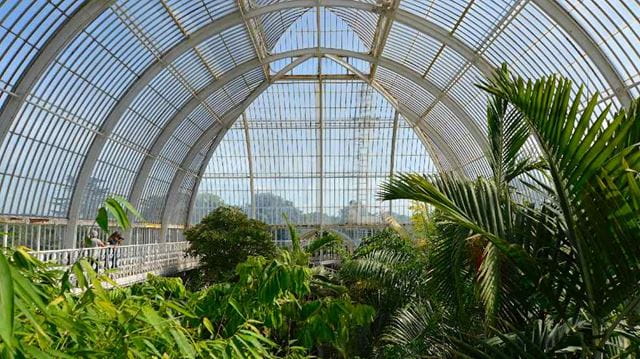
Kew Gardens is home to some 16,900 unique species of plants (a Guinness World Record for the largest number at a single site in the world) here we take a peek at some of the garden’s rarest…
From the world’s smallest waterlily to a plant evolved to resemble a stone, Kew plays host to a staggering array of unusual, beautiful and incredibly rare flora.
We spoke with Head of Plant Records Thomas Freeth about 10 of the rarest plants you can see when you pay a visit to Kew. Freeth is an expert botanist and Chelsea Flower Show gold medalist with a passion for all things green. He gives us fantastic insight into the unique specimens in the garden that you might otherwise miss. 
Spread across forty Grade I and Grade II listed structures and acres of open garden, these plants represent centuries of careful study and observation that you can see for free as a Boundless member at Kew.
Your Boundless membership includes unlimited free entrance to Kew Gardens and Wakehurst for one adult and up to five children, 50% off admission for one adult guest, plus a 10% discount in Kew’s gift shops. Find out more at boundless.co.uk/kew
The world’s tiniest waterlily
Nymphaea thermarum
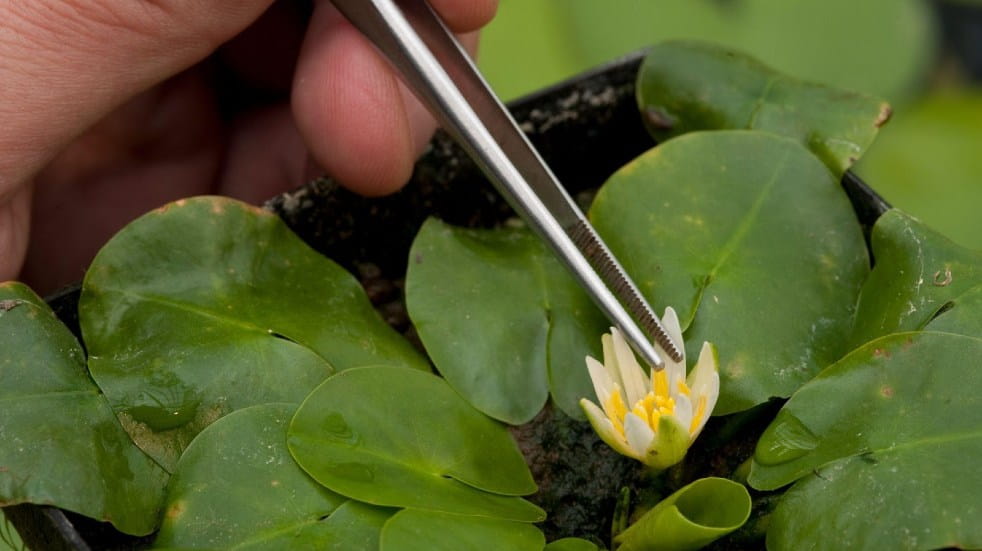
Sadly now extinct in the wild, Nymphaea thermarum is the world’s smallest and rarest waterlily. Originally found in just one location in rural Rwanda, this plant is dependent on a hot spring as its water source, which was diverted in the wild. Efforts are currently underway to reintroduce the lily after the secret to its propagation was worked out by Carlos Magdalena (Senior Botanical Horticulturist at Kew). It is the only known waterlily that must be propagated out of water. You can visit this minute waterlily in the Princess of Wales Conservatory Ponds, Waterlily House during the summer months.
A dinosaur tree
Wollemia nobilis (The Wollemi Pine)
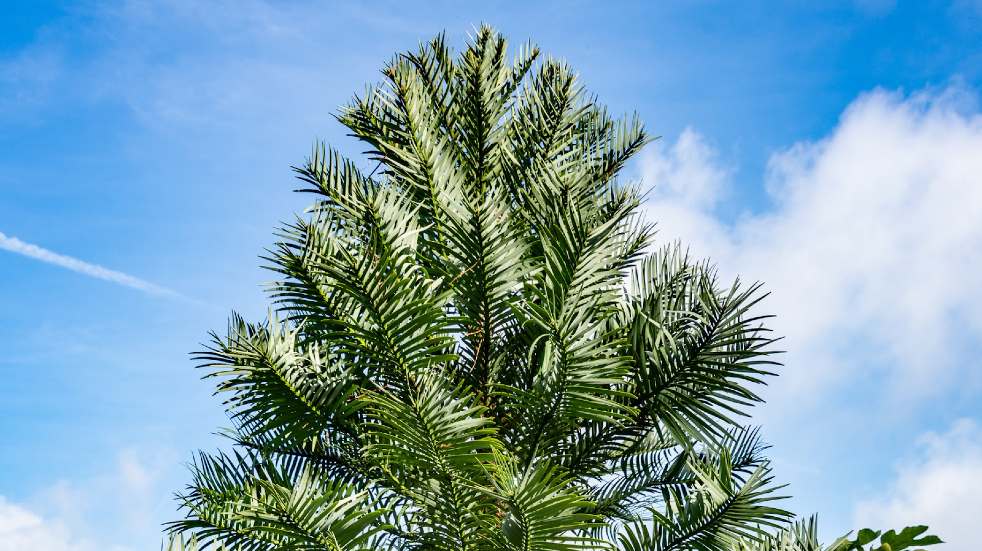
The ‘Dinosaur Tree’ or Wollemi Pine is, in fact, not a pine at all but a relative of the more common Monkey-Puzzle tree and was unknown to science until the 1990s making it one of the most important finds of the century. Naturally scarce this plant is only found in Wollemi National Park in the Blue Mountains, New South Wales, Australia. Only a handful of wild specimens have ever been found, and these are threatened by pathogens and poor post-fire regeneration. However, thanks to one of the most successful and well-known conservation projects ever, these trees can now be found in many places around the world (including by the Orangery, around the Exploration House and in the Agius Evolution Garden at Kew).
A critically endangered Iris
Iris nusairiensis (The Nusairi Iris)
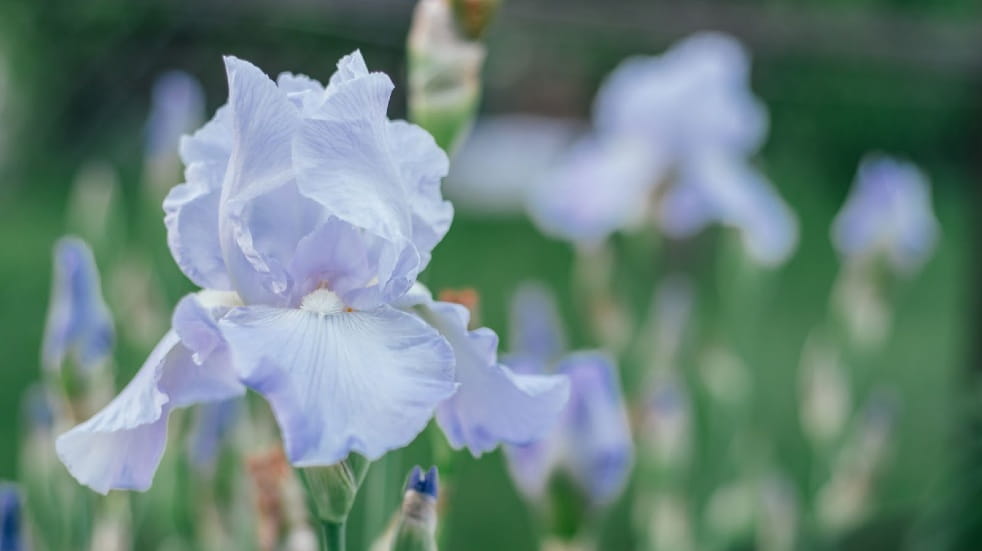
This beautiful, pale translucent blue Juno Iris is native to Syria and is sadly now critically endangered. Naturally scarce, this flower is only found in one mountain range in Syria, and is threatened by overgrazing. Conflict has also made recent monitoring of the plant difficult, but we were recently contacted by a local researcher with images showing it survives and is continuing to produce seeds and seedlings. You can see the Iris in January and February at the Alpine House at Kew.
A sought-after Victorian orchid
Paphiopedlium rothschildianum (Rothschild's slipper orchid)
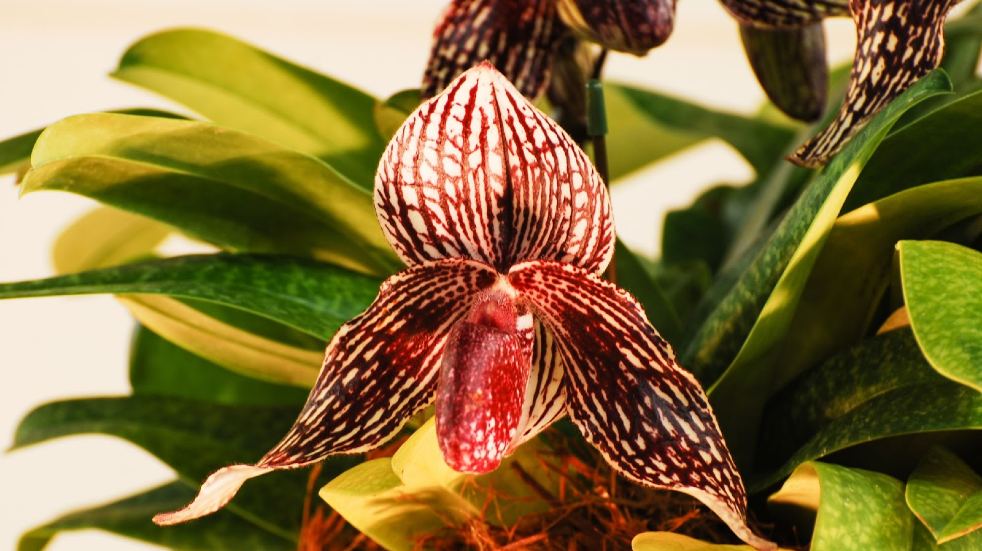
An unbelievably striking slipper orchid, Paphiopedlium rothschildianum became an emblem of the Victorian orchid collecting craze when it was discovered on Mount Kinabalu in Borneo. One of the most historically sought-after plants in the world, the population has been decimated so that around only 50 mature individuals are left. Centuries of collection for horticulture has played a part in its rarity alongside mining and logging activity that has destroyed much of its natural habitat. The flower usually blooms in spring and can be found in the Princess of Wales orchid zone cases.
A giant autumn hyacinth
Prospero talosii (The Giant Cretan Squill)
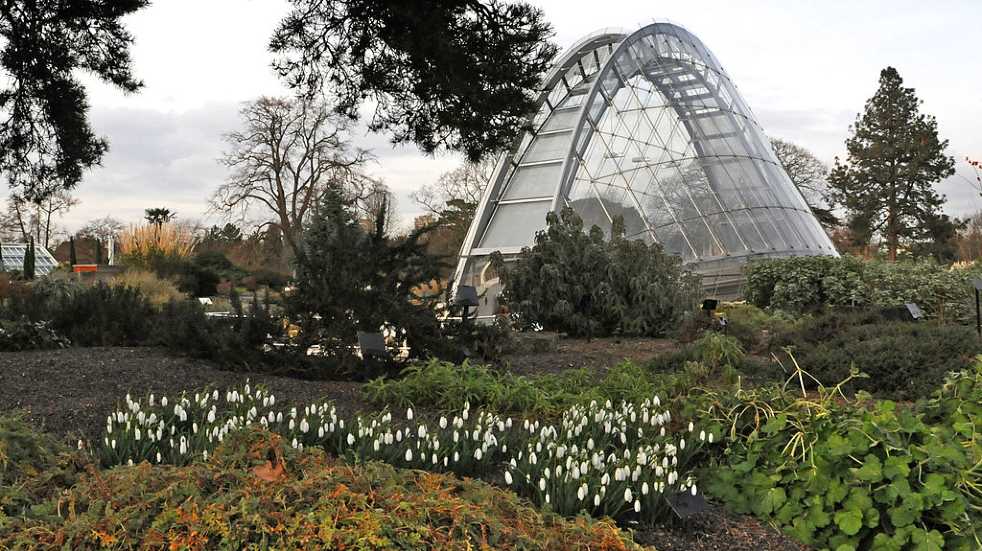
Another plant which evaded scientific description and categorisation until the 1990s, this giant autumn flowering hyacinth is naturally found on a tiny islet of the north coast of Crete called Dia. Due to flowering in autumn and not spring it was always thought by botanists to be the leaves of a more common spring-flowering relative. There are less than 100 individuals left and it is threatened by grazing and climate change, although efforts to conserve the flower are ongoing. You can see the hyacinth in flower in August and September in the Alpine House at Kew.
A rare Japanese spruce
Picea koyamae (Koyama’s Spruce)
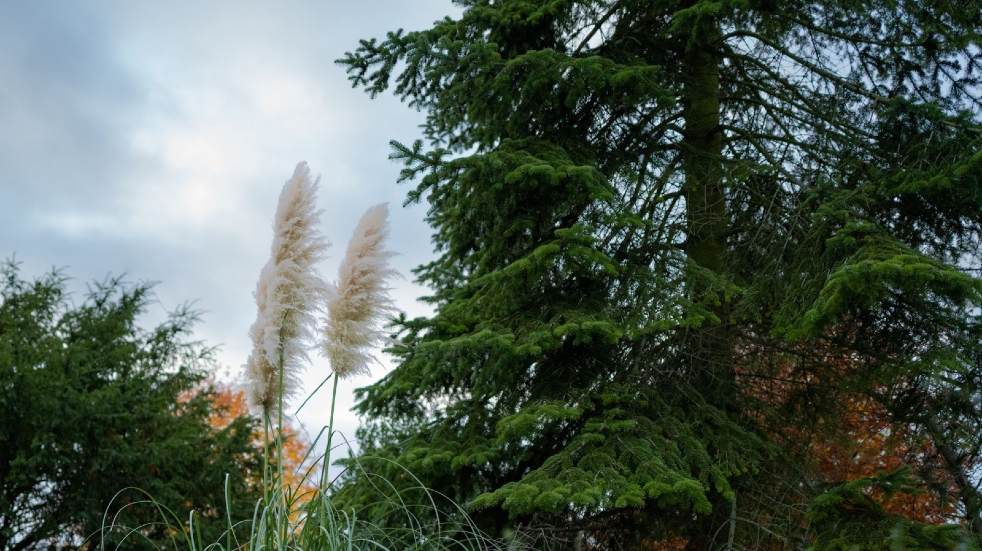
Found only between elevations of 1000 and 2000 metres in the mountains of Central Honshu in Japan, this beautiful spruce tree is threatened by a mixture of human activity and natural disasters that have fragmented its populations. However, Kevin Martin (Kew’s Head of Tree Collections) successfully retrieved seeds in 2013 in a joint expedition with Japanese partners and Royal Botanic Gardens, Edinburgh for the ICONIC project; a specialist conifer conservation group and the trees can now be found across the gardens with most located in the Pinetum, on the south-western side of the Arboretum. The best time to see the trees is in spring, when the new cones emerge on the tree as beautiful red to pink ‘roses’, like larch trees.
A palm that only flowers once
Tahina spectabilis (the Tahina Palm)
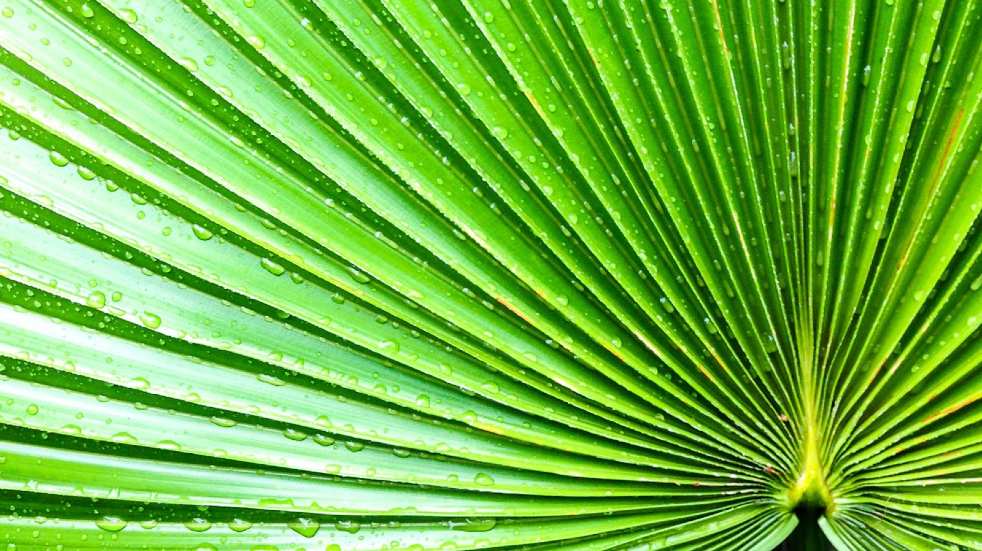
Only found in one small region of northern Madagascar, amongst the famous rocky formations known as the ‘Tsingy’, the Tahina Palm is a giant monocarpic plant which means it dies soon after flowering. So rare that it wasn’t known to science until 2008, it now numbers only a few-hundred wild individuals. Given its life strategy of dying after flowering, seedlings will need protection from extreme weather and grazing from feral herbivores if it is to survive. You can find the plant in the Palm House and Princess of Wales Conservatory, but blooming is unpredictable, and we have yet to see one bloom at Kew. Due to its size it is likely that it would hit the glasshouse roof before it flowered. But the beautiful giant fan-shaped leaves are visible all-year round.
A Brazilian Amaryllis
Worsleya procera (the Blue Amaryllis)
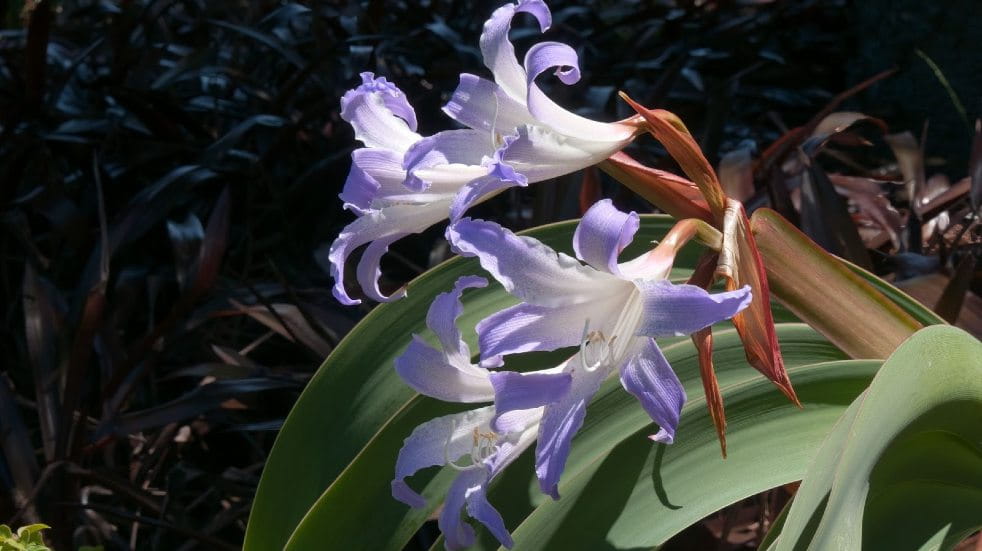
Known from a handful of scattered sites throughout the rocky high terrain north of Rio de Janeiro, this unusually large, blue-flowered Amaryllis can be found in wet places growing over pure rock with almost no soil at all. Known for its stunning sickle-shaped leaves, this flower blooms in summer (weather dependent), while its impressive one and a half metre tall, evergreen leaves are visible all year round. You’ll find this plant in the Temperate House Octagons at Kew.
The loneliest plant in the world
Encephalartos woodii (Wood’s Cycad or ‘the loneliest plant in the world’)
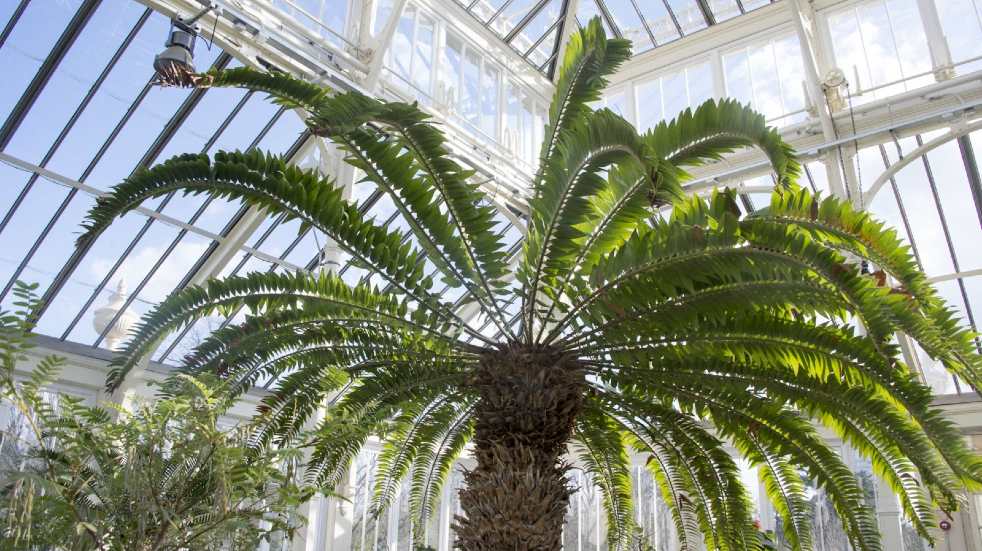
This enormous cycad (ancient plant most-closely related to conifer trees) has only ever been found once in nature and is now only known in botanic gardens. A single giant specimen was found in eastern South Africa and was dug up, all known plants come from this specimen. The reason for its rarity is because the species has separate male and female plants, and as only one was ever found (a male), it has been described as the loneliest plant in the world; it seems increasingly likely a female will never be found. One of the theories of its existence is that it was a chance natural hybrid between two other species. Kew’s specimen is located in the south end of the Temperate house.
A stone-shaped plant
Conophytum bilobum (Two-lobed Stone Plant)
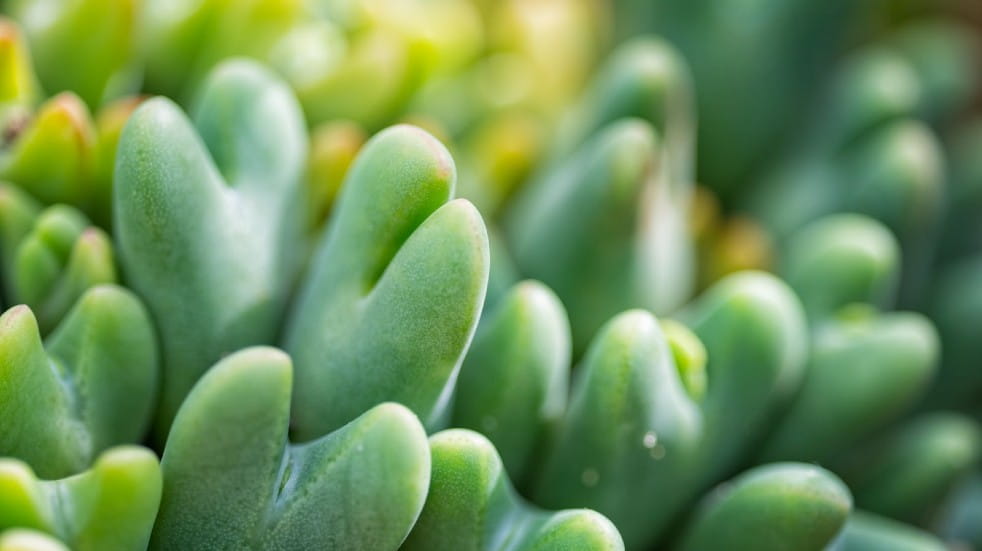
Part of an incredible group of ‘stone plants’ that have evolved to look like little stones, the Two-lobed Stone Plant is found in the Northern and Western Cape provinces of South Africa. All of the stone plants are under threat from the illegal wildlife trade and climate change. Some populations have been reduced by up to 90% in the last couple of years. Whilst they are adapted to drought they can’t handle extended periods and do require at least some moisture through the year, either through fog or annual rain events. If you want to grow these plants at home make sure they are artificially propagated and legally traded. You can find examples of this plant in Princess of Wales south end, in the raised beds at the side of the glasshouse at Kew. The best time to see it flower is around autumn to winter (although flowering is erratic so you may be lucky in spring or summer).
Do more with Boundless
Enjoy unlimited access to Kew Gardens and Wakehurst
Boundless membership includes unlimited access to Kew Gardens and Wakehurst for one adult and up to five children, 50% off admission for one adult guest, plus a 10% discount in Kew’s gift shops. To take advantage of these benefits, you just show your physical or digital Boundless membership card and a form of photo ID on entry. Find out more about Boundless Membership
Boundless is a membership club for working and retired public-sector and civil-service employees, delivering amazing experiences and unforgettable days out for all the family. Membership offers great value for money, including free entry to some of the UK’s best attractions and up to 20% off at Boundless-owned holiday properties.





